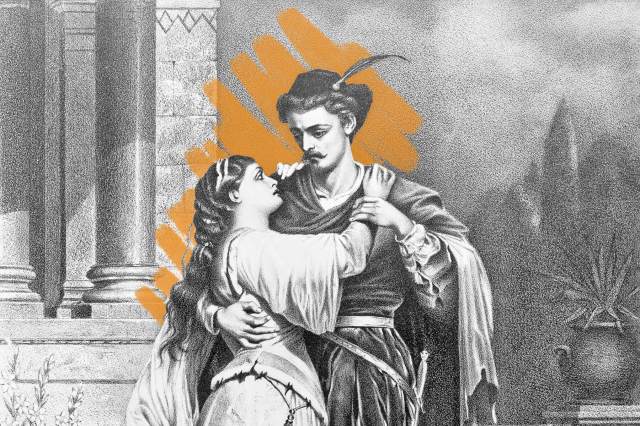 |
The letter "J" wasn't added to the alphabet until after Shakespeare. |
Arts & Culture |
 |
| |
| In Roman numerals, a swash was sometimes used to denote the end of sequences — for instance, the number 13 often visually appeared in handwritten text as "XIIJ" instead of "XIII." In classical Latin and in various European languages through the medieval era, the letter "I" was used as both a vowel and as a consonant, and the constant version of "I" morphed over the years and eventually began appearing as a "J" shape. In the late 15th century and early 16th century, a few scholars wrote treatises on grammar in which they suggested using "J" as the constant version of "I." In English, this change took hold in the early 17th century. A good illustration of this is the King James Bible, one of the first modern English texts to print "J" as a unique letter. The 1611 edition uses the consonant "I" in words such as "Iesus" and "Ioseph," while the 1629 edition uses the letter "J," paving the way for the eventual widespread inclusion of "J" in the English alphabet. | |
 | |
 | |||||||||
By the Numbers | |||||||||
| |||||||||
| |||||||||
 | |||||||||
| |||||||||
Benjamin Franklin created a new alphabet without the letters C, J, Q, W, X, or Y. | |||||||||
| Benjamin Franklin was one of America's greatest inventors, and he even went so far as to develop an entirely new alphabet. He initially conceived of the concept in 1768, and eliminated six letters — C, J, Q, W, X, and Y — that he deemed redundant given the presence of other letters with similar sounds, such as "K" and "S." In turn, Franklin concocted six entirely new letters to fill the gap, including one with a soft "O" sound and another that sounded like "sh." While Franklin earned the support of lexicographer Noah Webster, the idea was ultimately abandoned. However, in 1906, another American statesman tried to revolutionize the alphabet. That person was Theodore Roosevelt. As President, Roosevelt attempted to establish a new American language that removed linguistic associations with British English. For example, words like "although" were shortened to "altho." In the end, Roosevelt's efforts were voted down by the House of Representatives, putting the idea to rest. | |||||||||
 | |||
Recommended Reading | |||
 | |||
| | |||
 | |||
| | |||
| + Load more | |||
| |||||||||
| 700 N Colorado Blvd, #513, Denver, CO 80206 | |||||||||
|





No comments:
Post a Comment